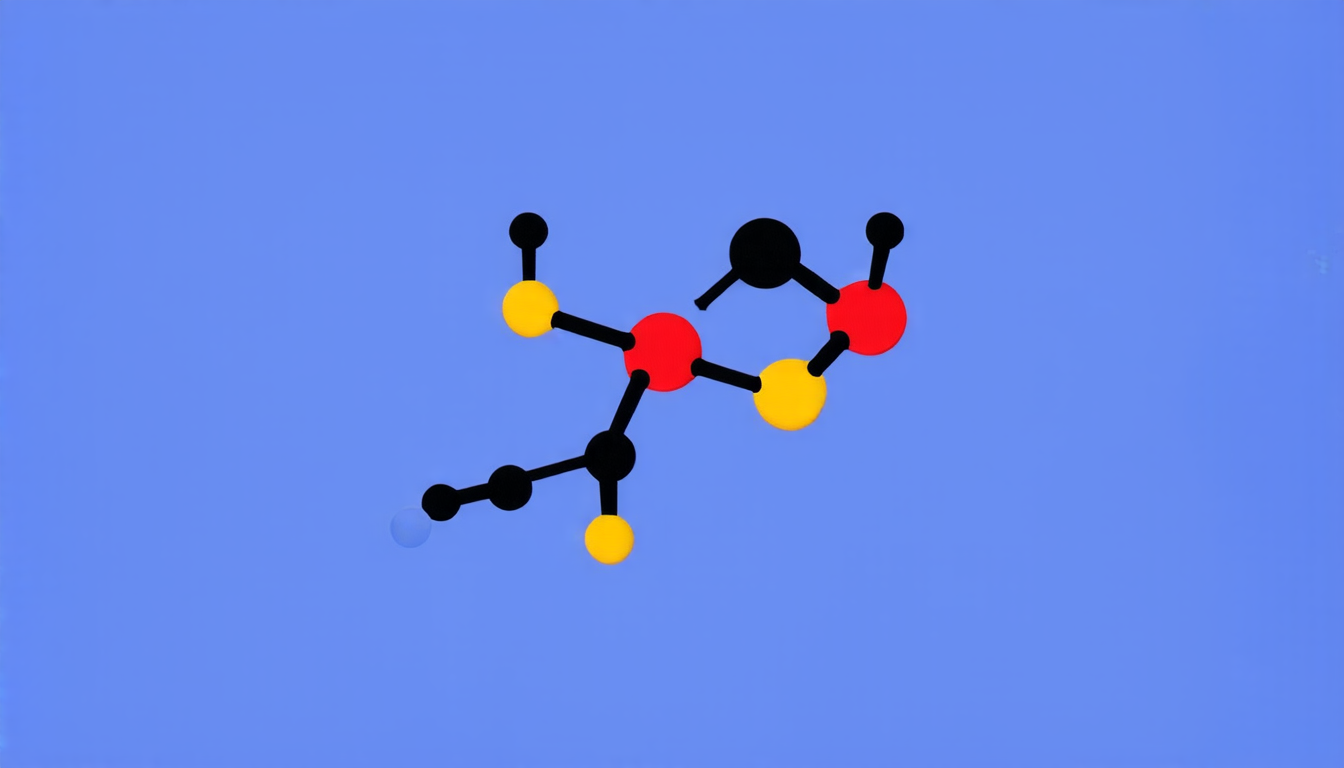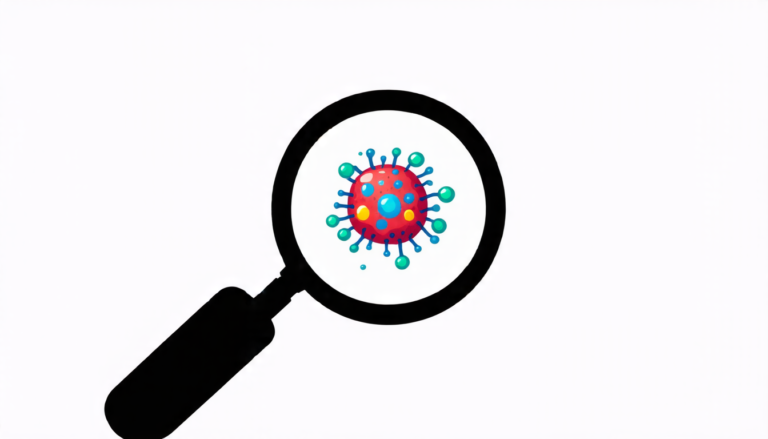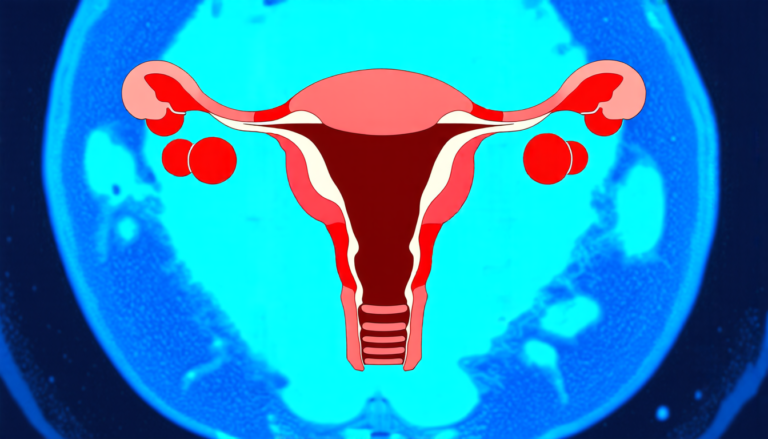Monday 07 April 2025
The quest for a universal language of molecules has long been a holy grail in the field of chemistry and biology. For decades, researchers have struggled to develop a framework that can accurately represent the complex interactions between small molecules and proteins. The challenge lies in capturing the intricate relationships between these molecules’ physical structures, chemical properties, and biological functions.
Recently, a team of scientists has made significant strides towards achieving this goal by developing a novel approach called BIT (Biomolecular Interaction Transformer). This framework combines advanced machine learning techniques with sophisticated molecular modeling to predict the interactions between small molecules and proteins. The result is a unified representation of molecules that can be used for a wide range of applications, from drug discovery to protein engineering.
BIT’s key innovation lies in its ability to seamlessly integrate multiple sources of information about molecules. Traditionally, researchers have relied on separate models for different types of molecular representations, such as 2D topological structures and 3D geometric views. BIT, however, uses a single Transformer architecture to fuse these disparate representations into a unified whole.
The team achieved this by designing a novel module called MoSE (Mixture-of-Structure-Experts), which is capable of capturing the complex relationships between different molecular features. MoSE consists of multiple sub-networks, each specialized in processing a specific type of structural information. By combining these sub-networks, BIT can generate a rich and nuanced representation of molecules that incorporates both local and global structural features.
BIT’s performance was evaluated on several benchmark datasets, including the widely used PDBbind dataset. The results were impressive, with BIT achieving state-of-the-art accuracy in predicting binding affinities between small molecules and proteins. Moreover, BIT demonstrated excellent transfer learning capabilities, allowing it to adapt seamlessly to new molecular structures and protein targets.
The implications of BIT’s success are significant. With this framework, researchers can now develop more accurate and efficient methods for predicting the interactions between molecules and proteins. This, in turn, could lead to breakthroughs in fields such as drug discovery, where the ability to accurately predict binding affinities is crucial for identifying potential therapeutic targets.
BIT also has far-reaching implications for our understanding of molecular biology. By providing a unified representation of molecules, BIT opens up new avenues for exploring the complex relationships between molecular structure and biological function. This could lead to significant advances in our understanding of protein-ligand interactions and the development of novel therapies for diseases such as cancer and Alzheimer’s.
Cite this article: “Unifying Molecular Representation Learning Across Domains through Multimodal Graph Transformers”, The Science Archive, 2025.
Molecular Interaction, Biomolecular, Machine Learning, Protein Engineering, Drug Discovery, Molecular Modeling, Transformer Architecture, Mose Module, Structural Features, Binding Affinity







